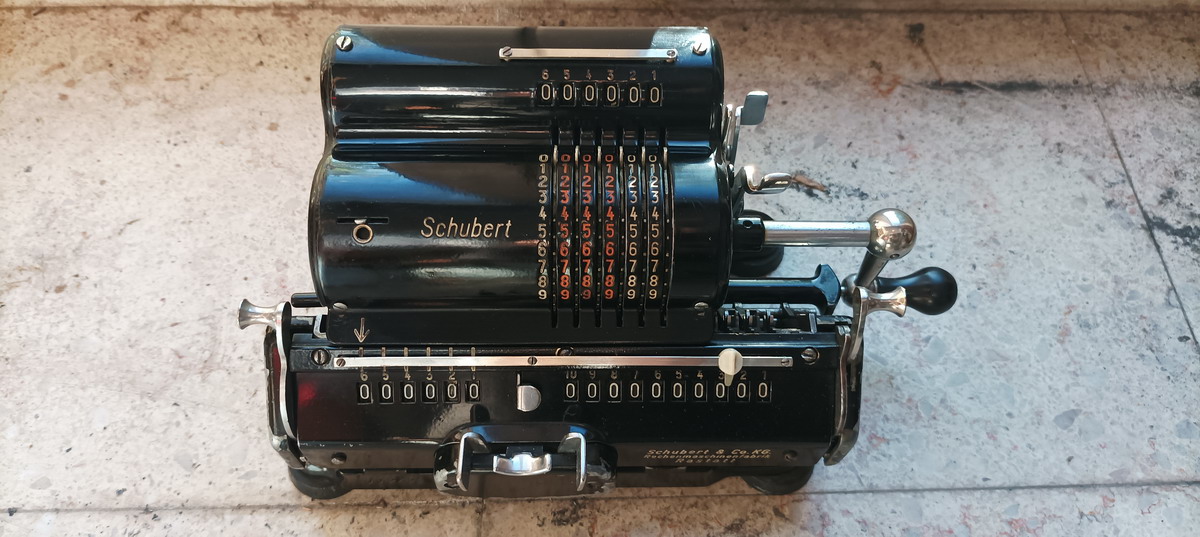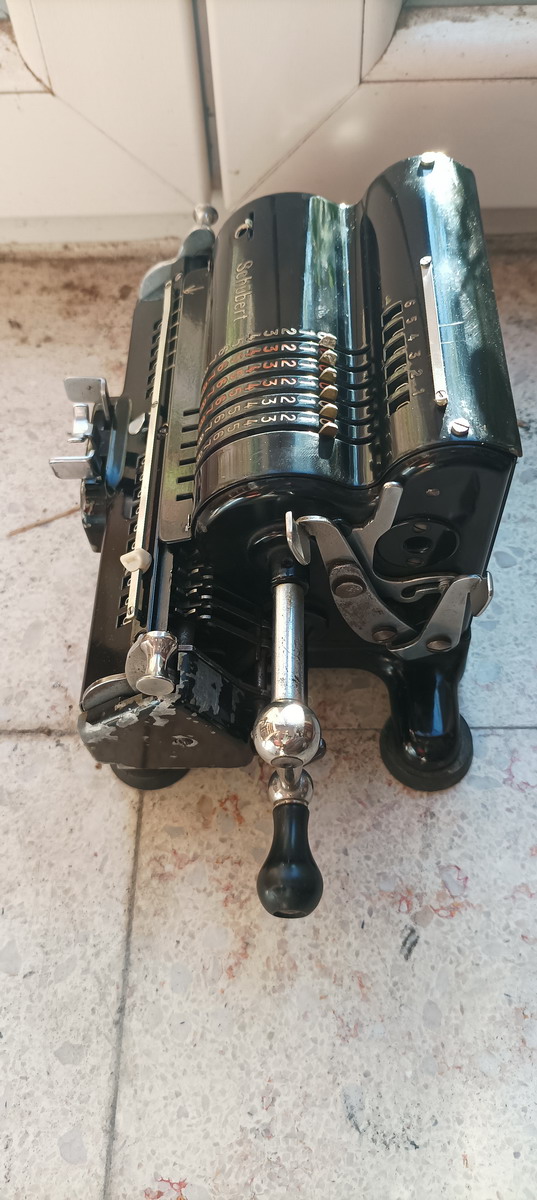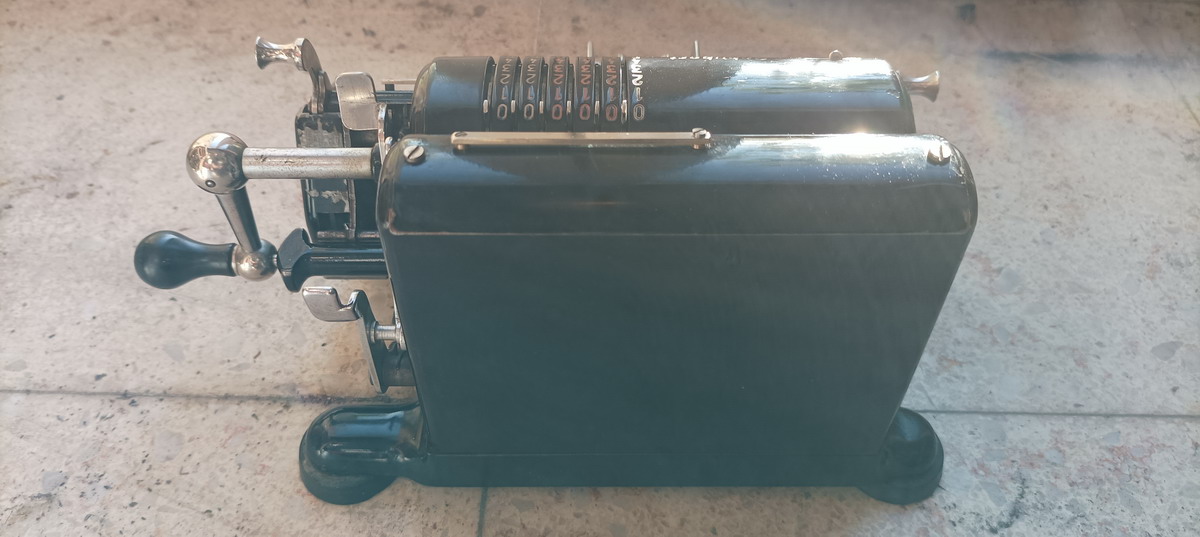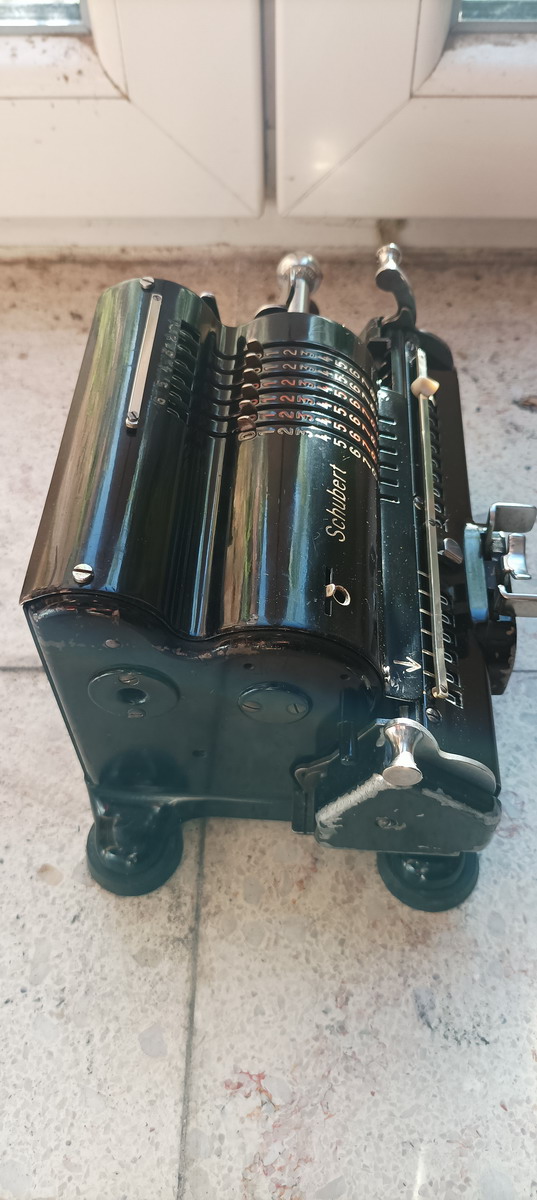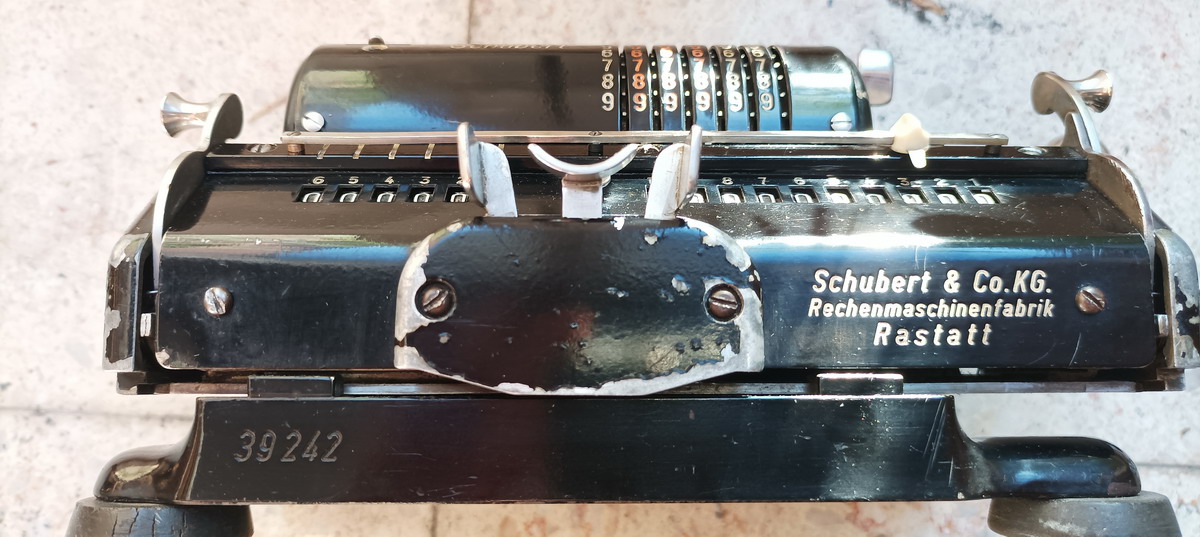Schubert AR, s/n 39242
I have always had a liking for Schubert calculators - my first four-function calculating machine was a Schubert, and I have several examples from the range. What I did not yet have was an early one, pre-war, from the prototype series. So that is this machine - n° 242 of 1939, in what is essentially already its fully developed from (apart from the carriage shift under the main crank which came in 1952) - it is very light in operation, very well designed and even has backtransfer. It came up for sale together with an early A and a prototype for the nder-the-crank carriage movement
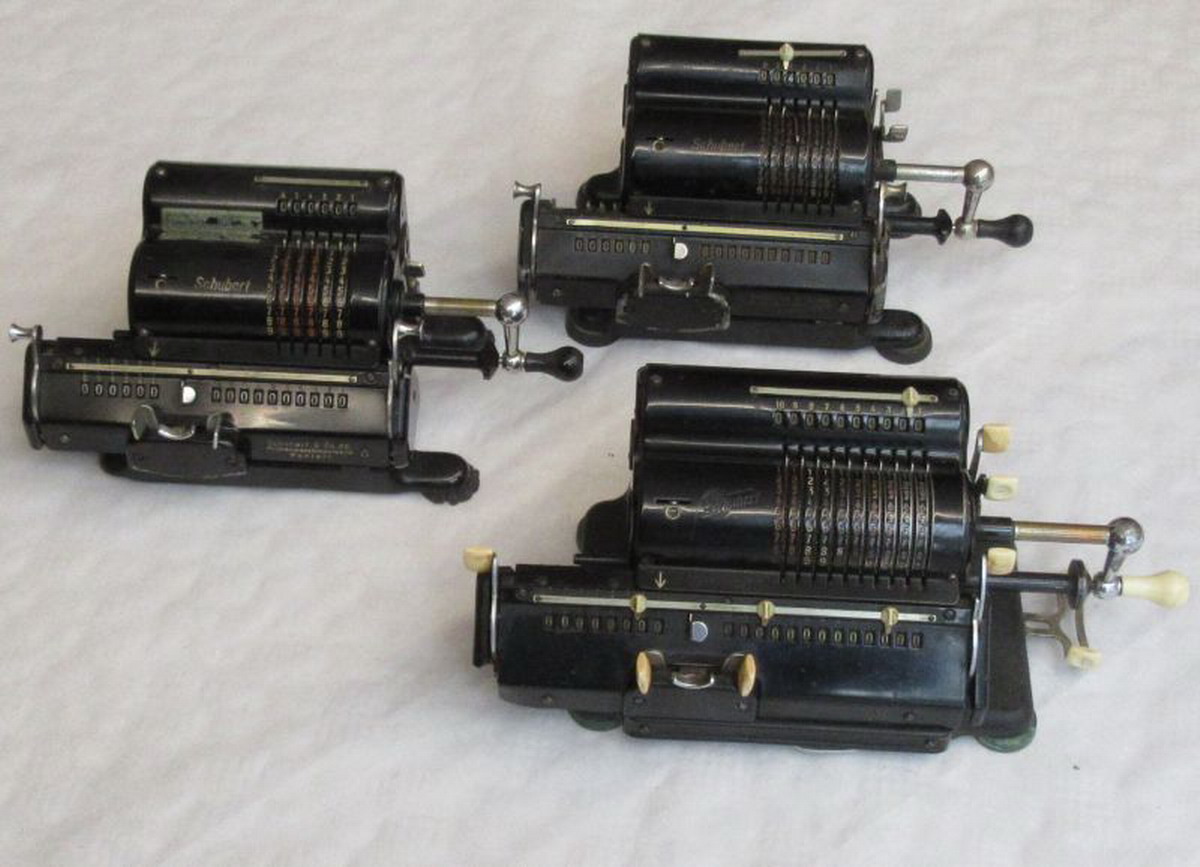
When it arrived here it was filthy, but seemingly functional - apart from two issues: the input clearing did not work, and that is a bit annoying for a machine with back transfer, and also the rightmost result register wheel did not zero when the lever was pulled. So that meant it had to come apart, of course.
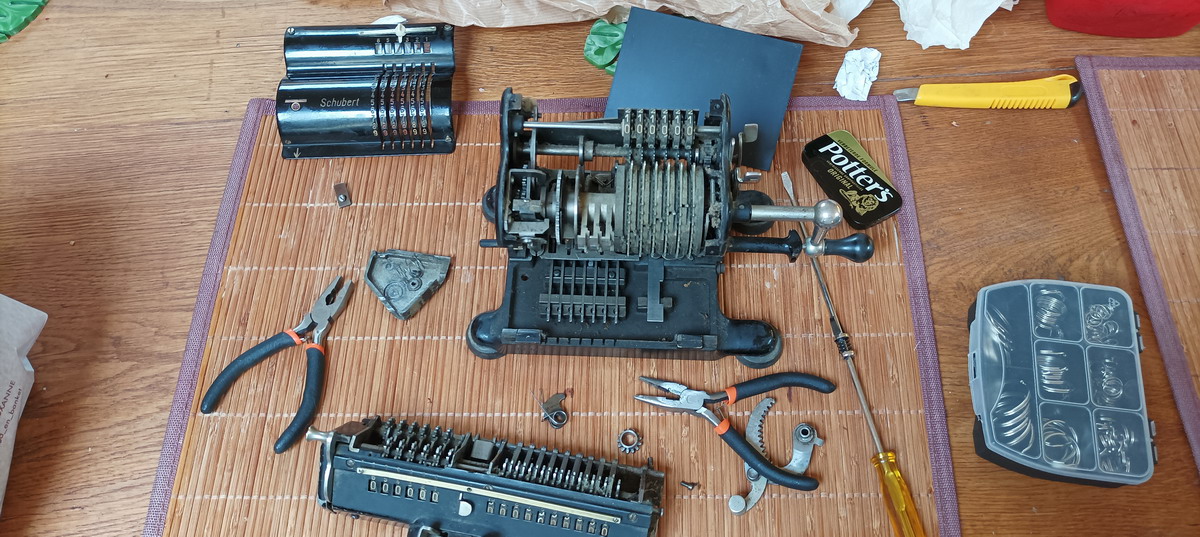
After making good notes on the orientation of everything in the zeroing mechanism, al lthe loose parts of the mechanism were removed, and the two screws undone, so that the result register axle could be withdrawn.
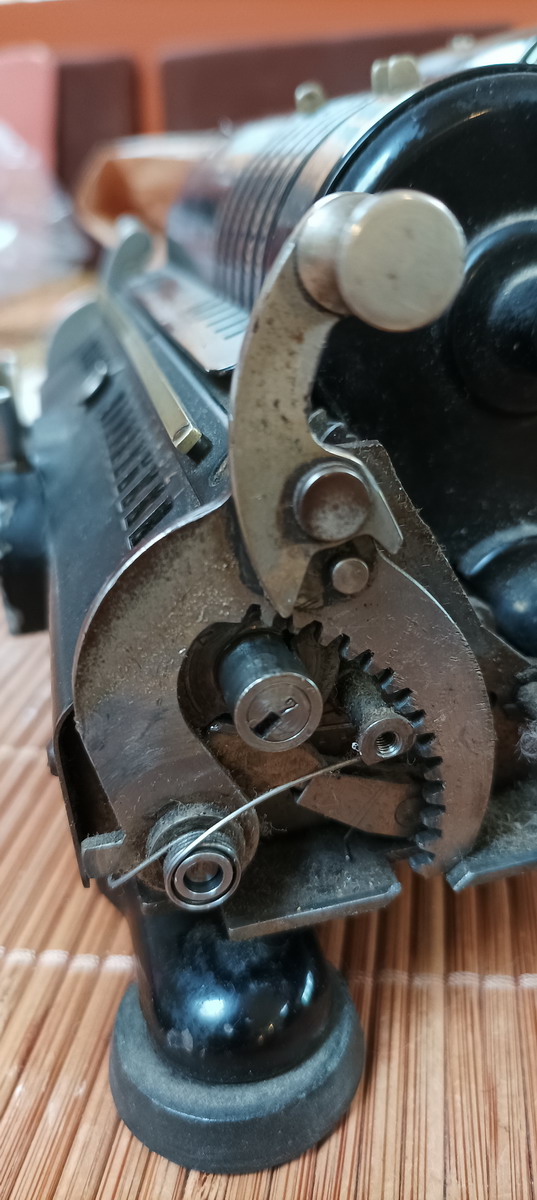
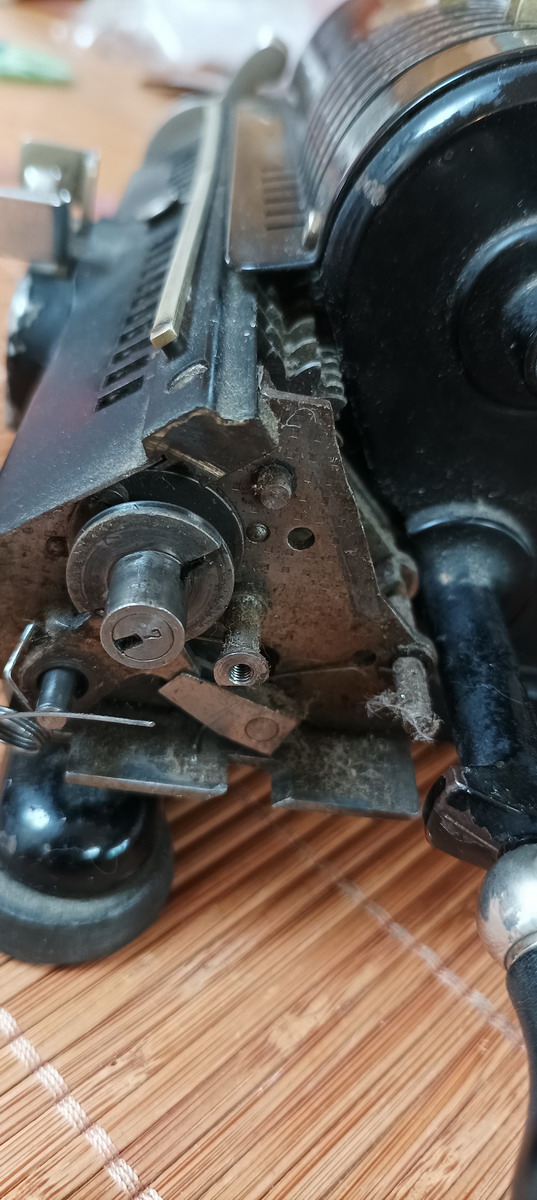
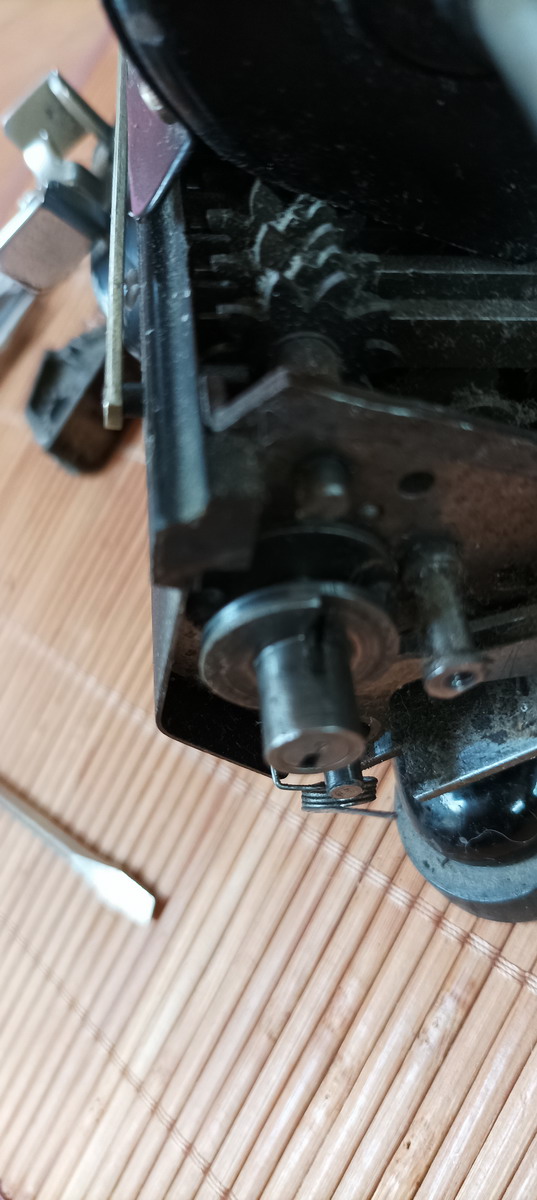
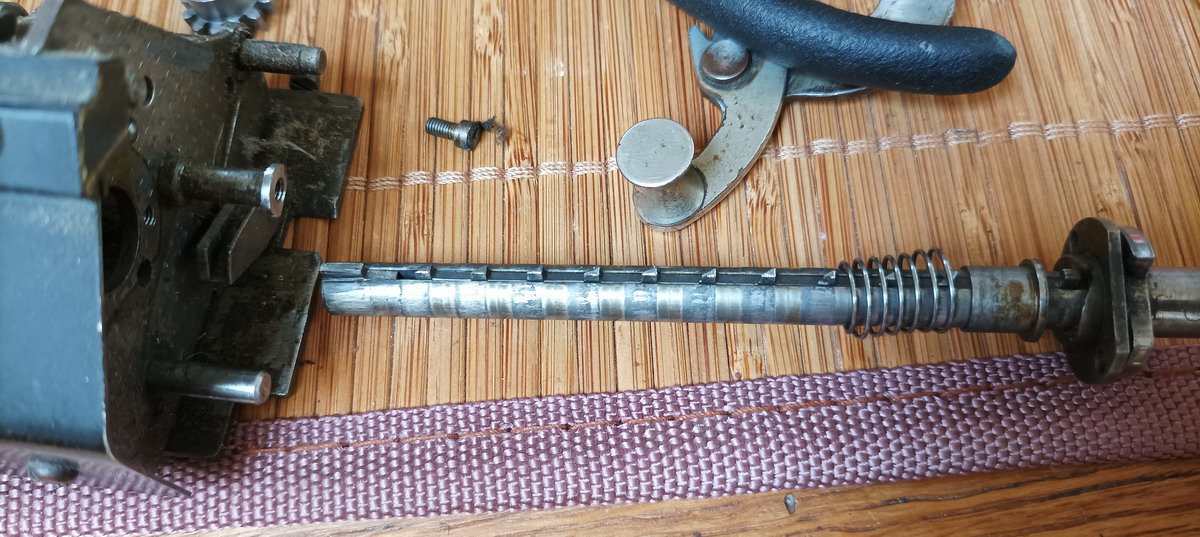
It could be seen that indeed, the first tooth was damaged. In the Schubert, there is a comb with these teeth that is lid left and right when the axle is rotated, so it can be disassembled completely.
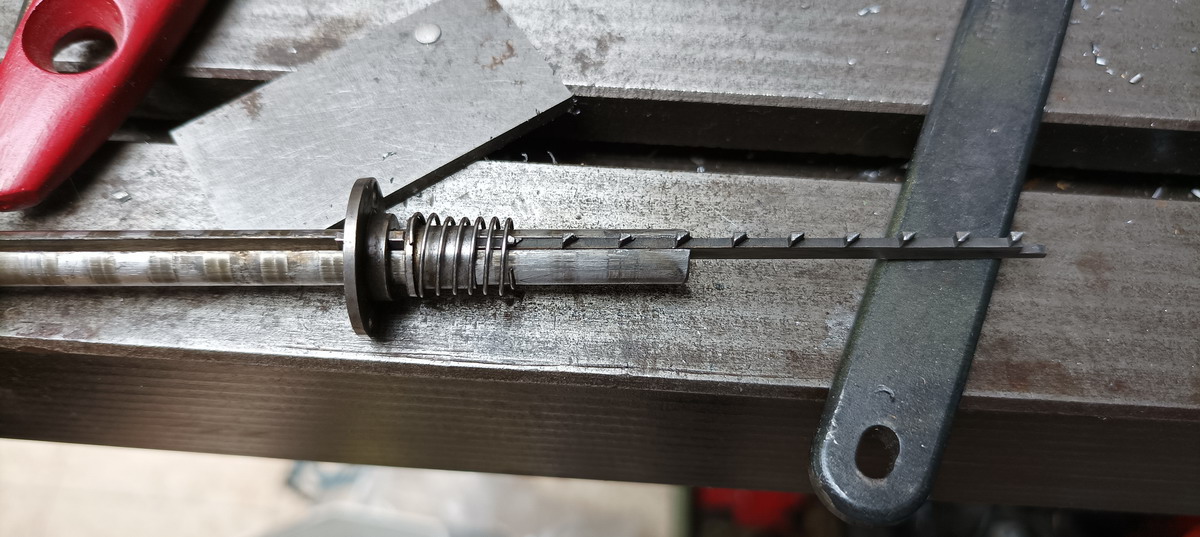
The damaged tooth was filled with silver solder
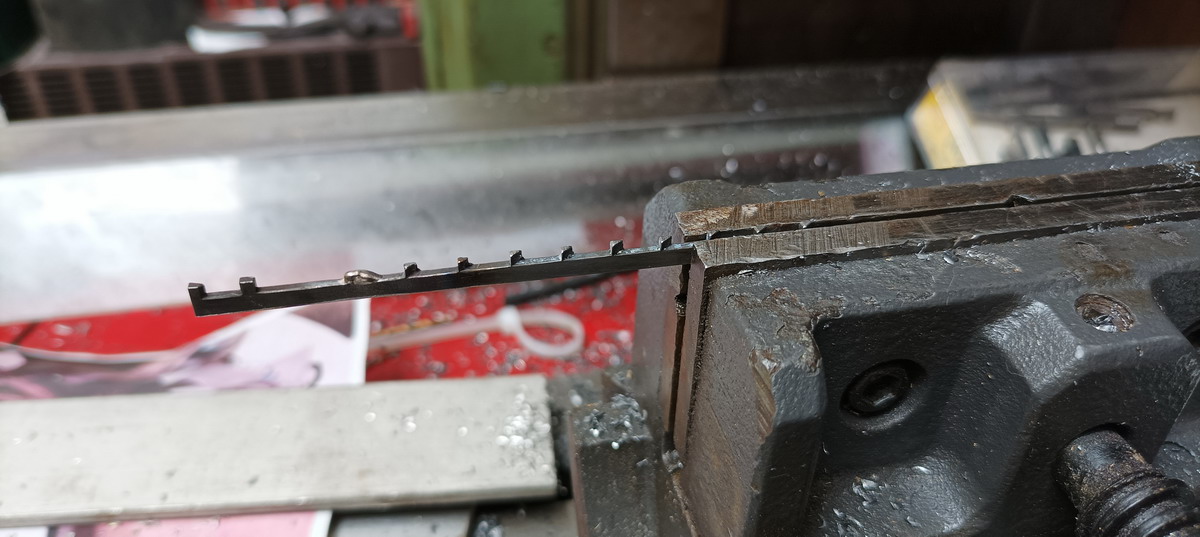
and filed back to its original shape
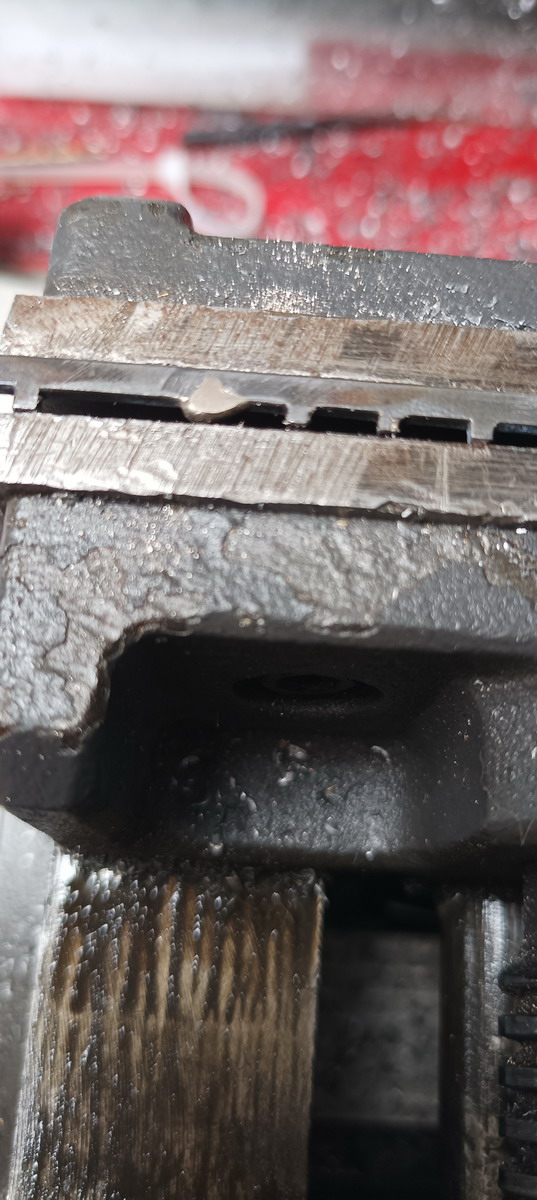
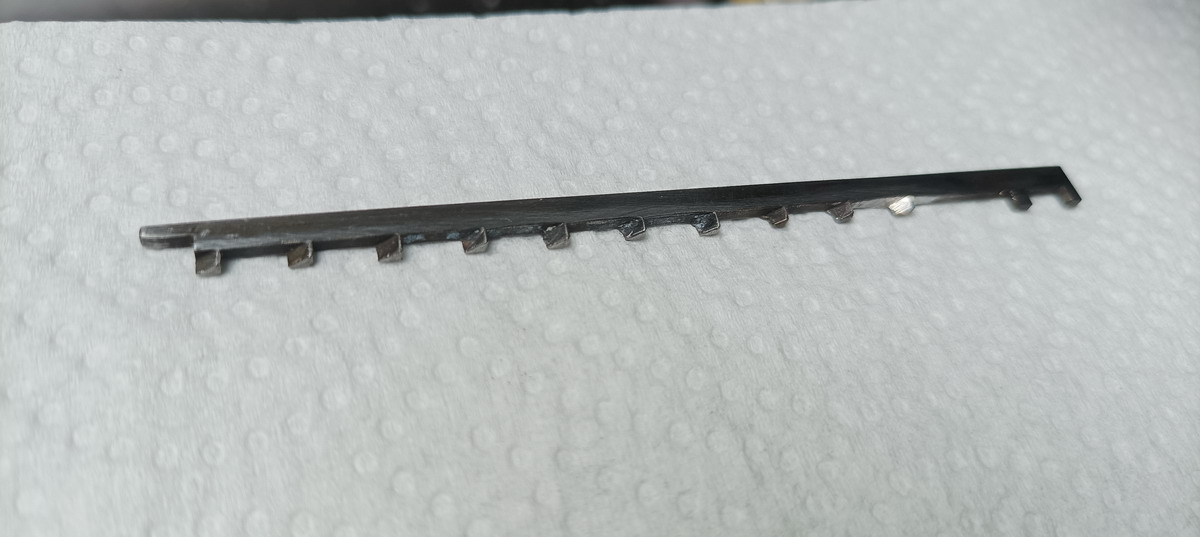
These are all the parts of the mechanism beofre reassembly:
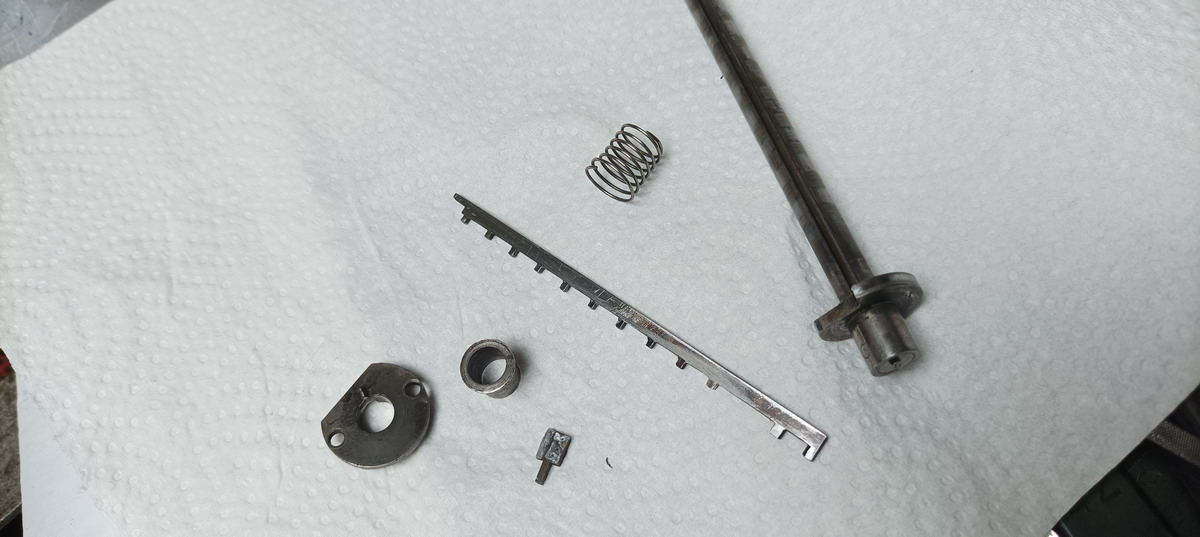
With the register clearing fully functional again, it was time to tackle the input zeroing - two of the setting wheels would not rezero at all, and some of the others would only return to 1 instead of 0.
Looking into the machine from the front, the problem is immediately obvious (well, maybe not so immediately if you don’t know what you’re looking for). The zeroing mechanism works along the same principles as the one on the result register - there is a comb in the axle with the intermediate gears bewteen the input in the piwheel cylinder and the input control register at the top of the machine. The intermediate gears have two punched-out stops for the teeth on this comb, so that the intermediate gear and by extension the input slider is returned to zero, at which point the comb slides back to the side and passed these protrusions. On two of the intermediate gears, these protrusions were missing - broken off. So the top of the machine had to come apart ...
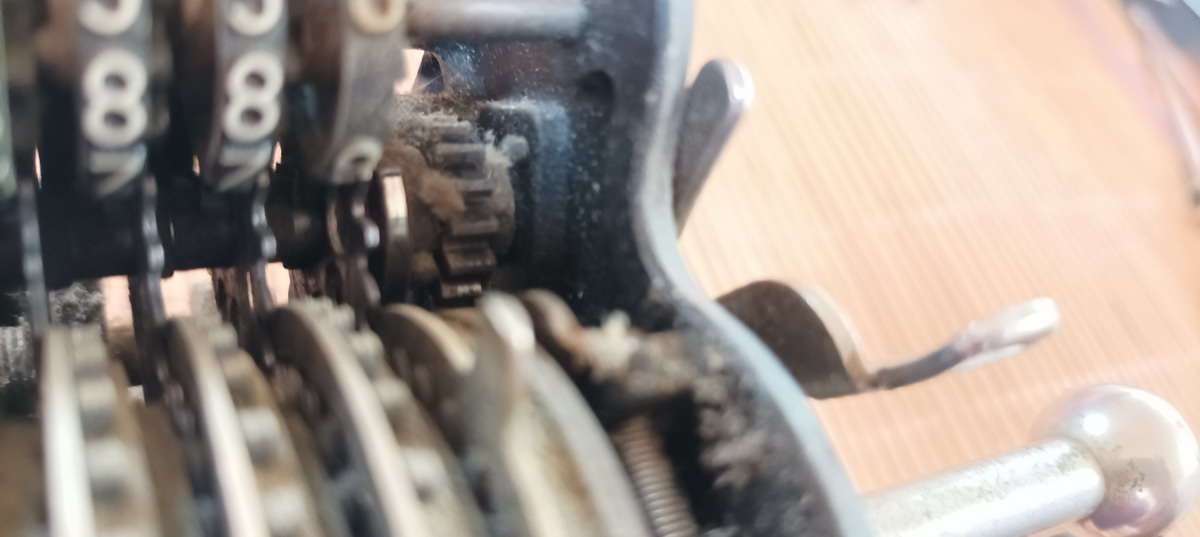
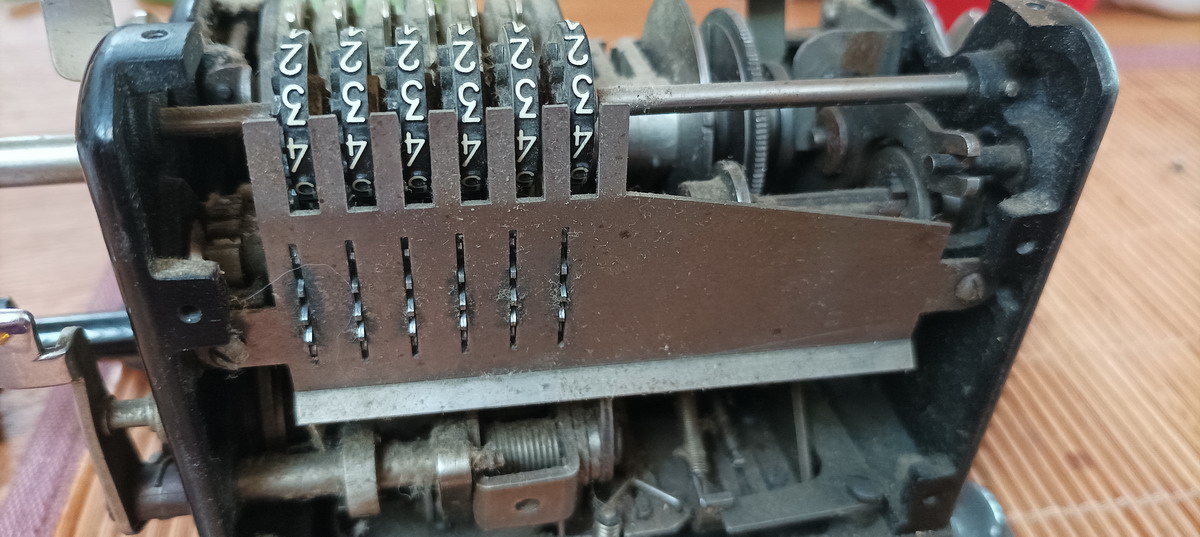
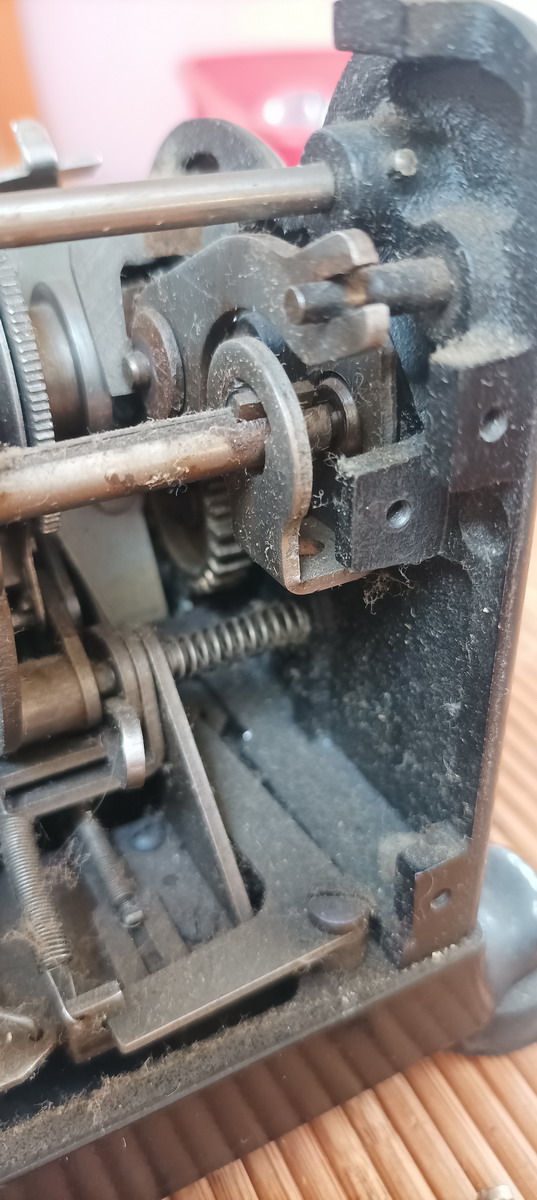
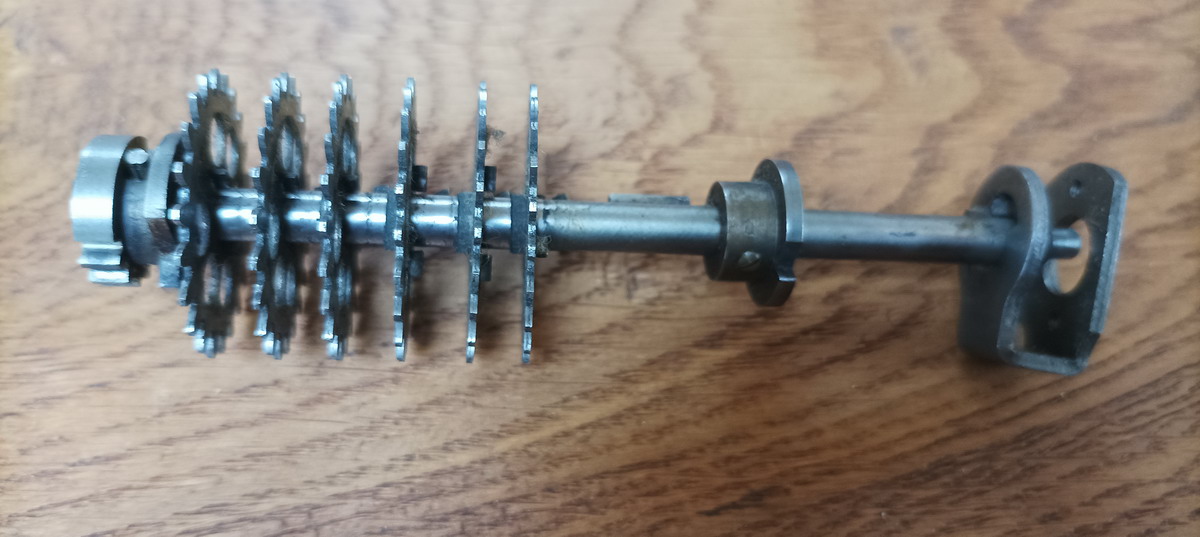
I thought I might be able to get away with just turning the intermediate gear 180°, but as the protrusions are symmetric, and the number of gear teeth is odd, this turned out to be what was causing the issues with the other pinwheels either “zeroing” to 1 or, if you skipped the intermediate wheel a tooth, only starting to zero from 8 downwards. So the protrusion on both of these gears had to be repaired. Out came the silver solder and the torch, again.
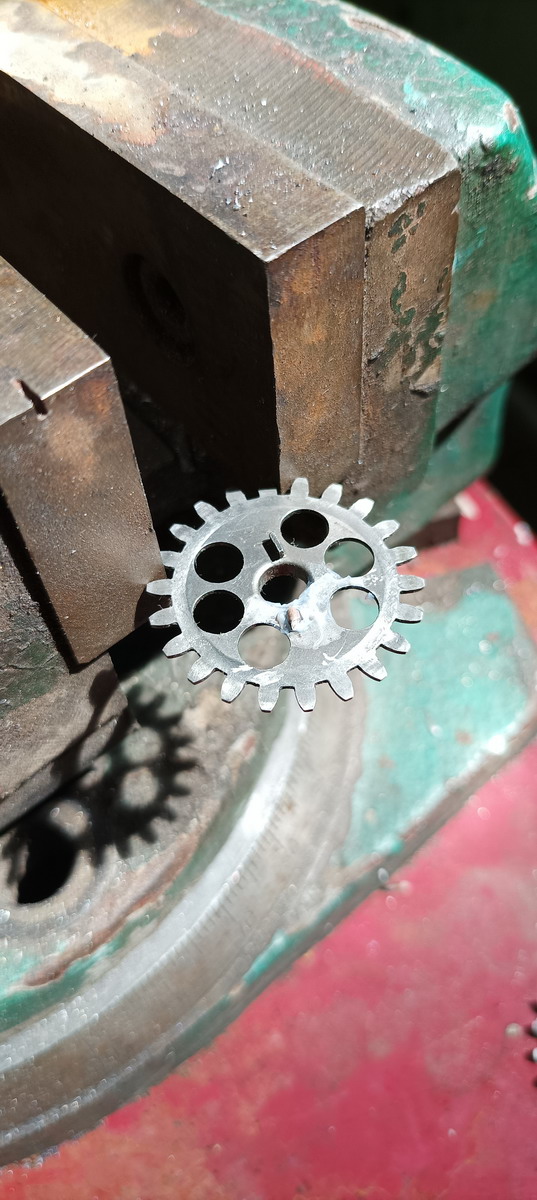
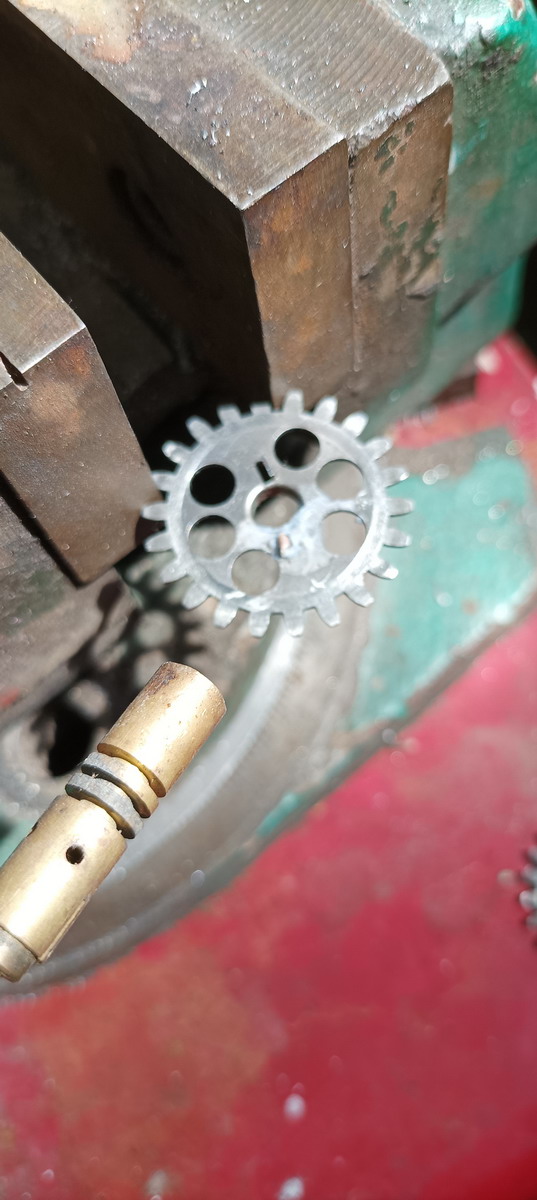
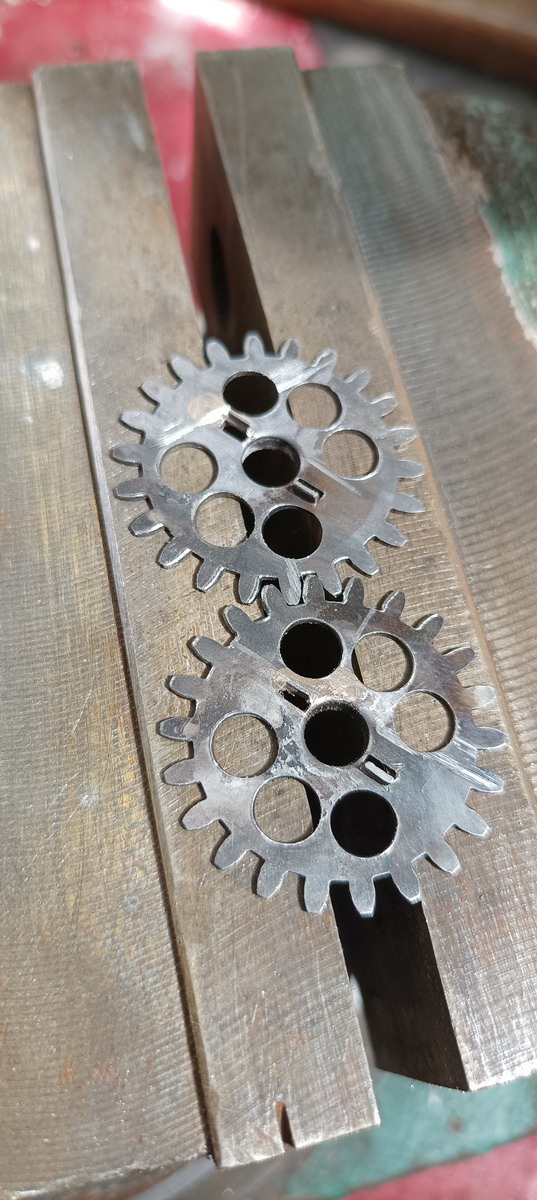
Then, with the machine a lot cleaner already, the whole thing had to be reassembled and realigned correctly:
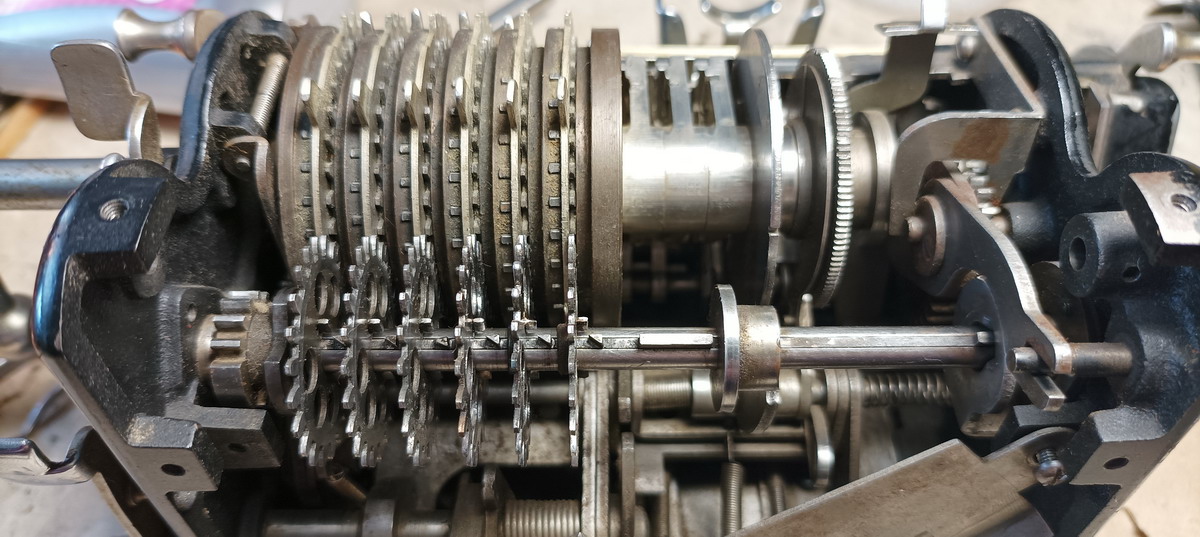
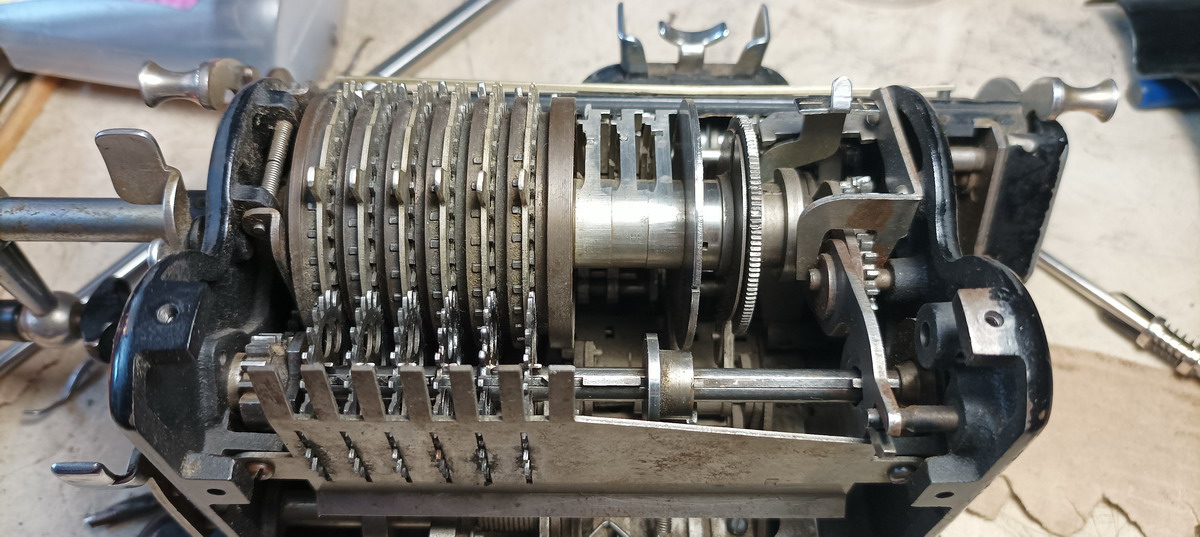
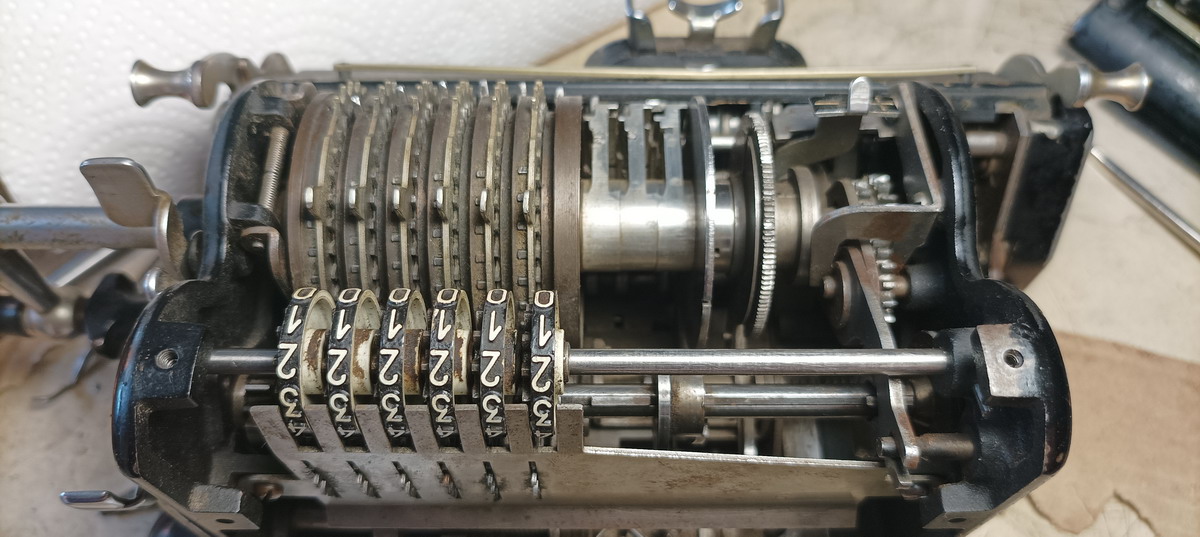
After a final repair to the comma sliders, and an external clean and polish, the machine was as ready as it ever was going to be for its second life in my collection.
